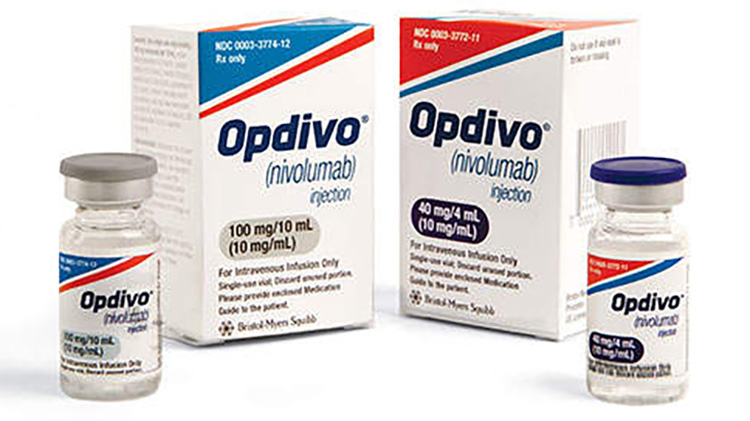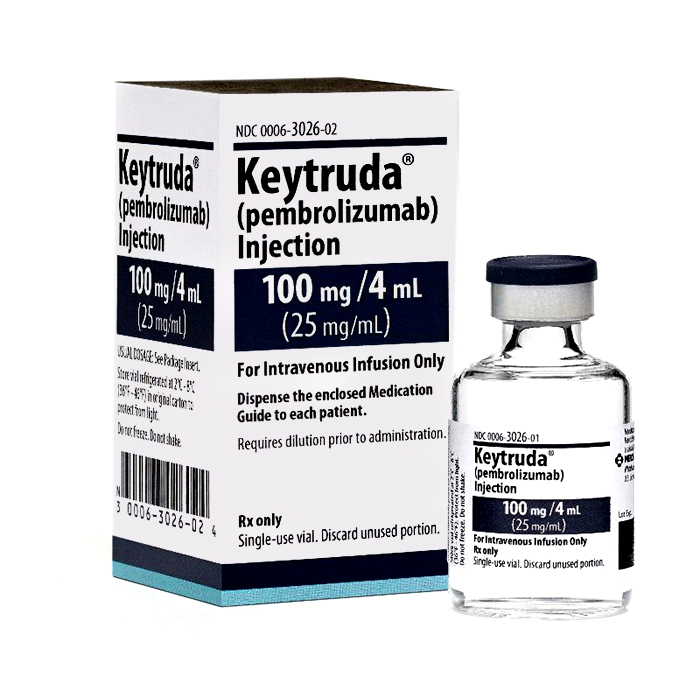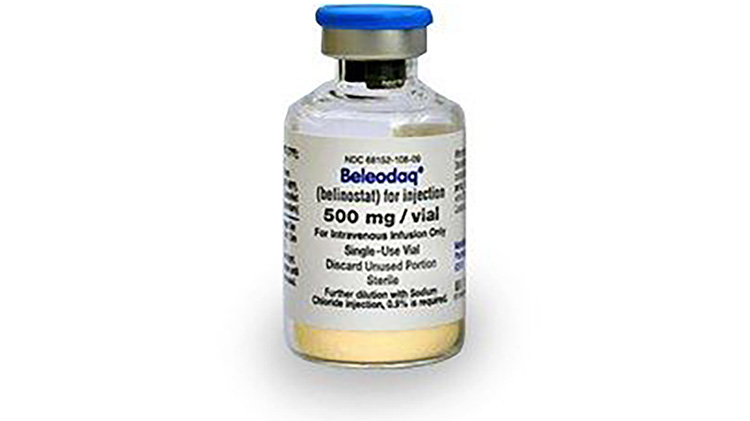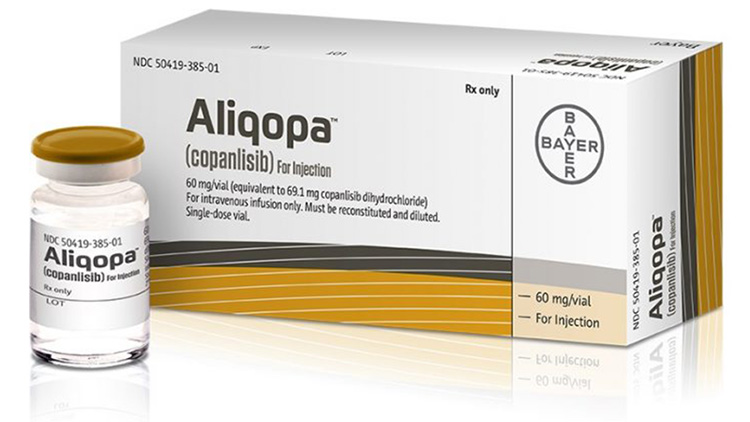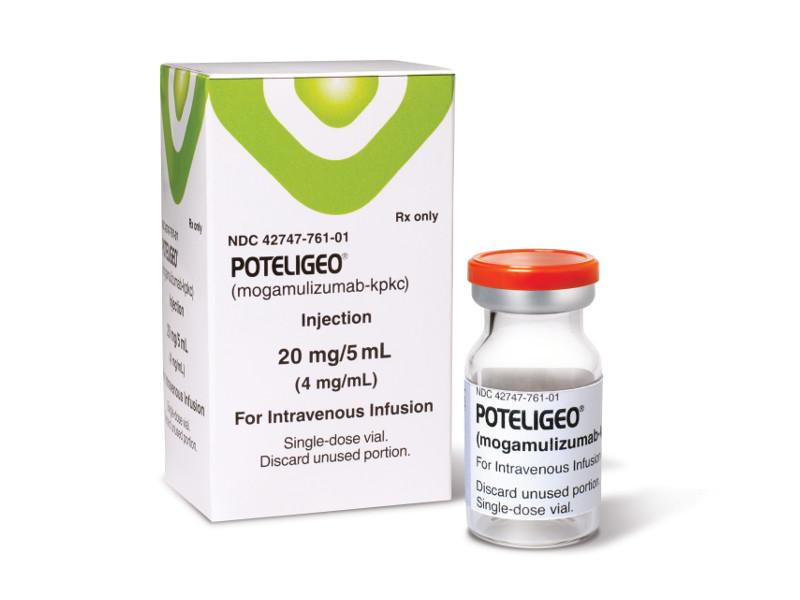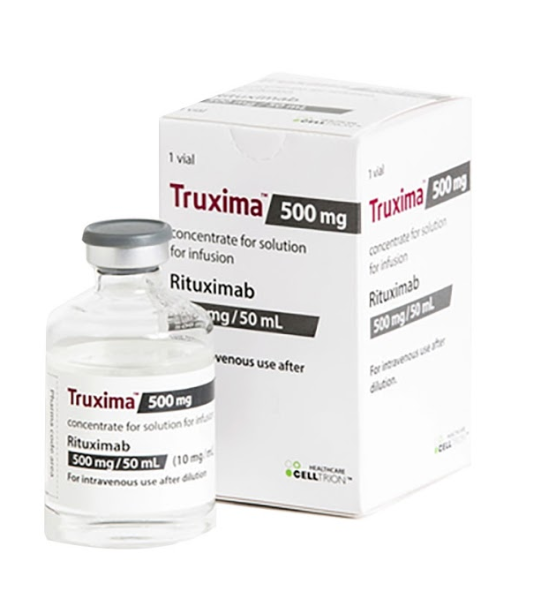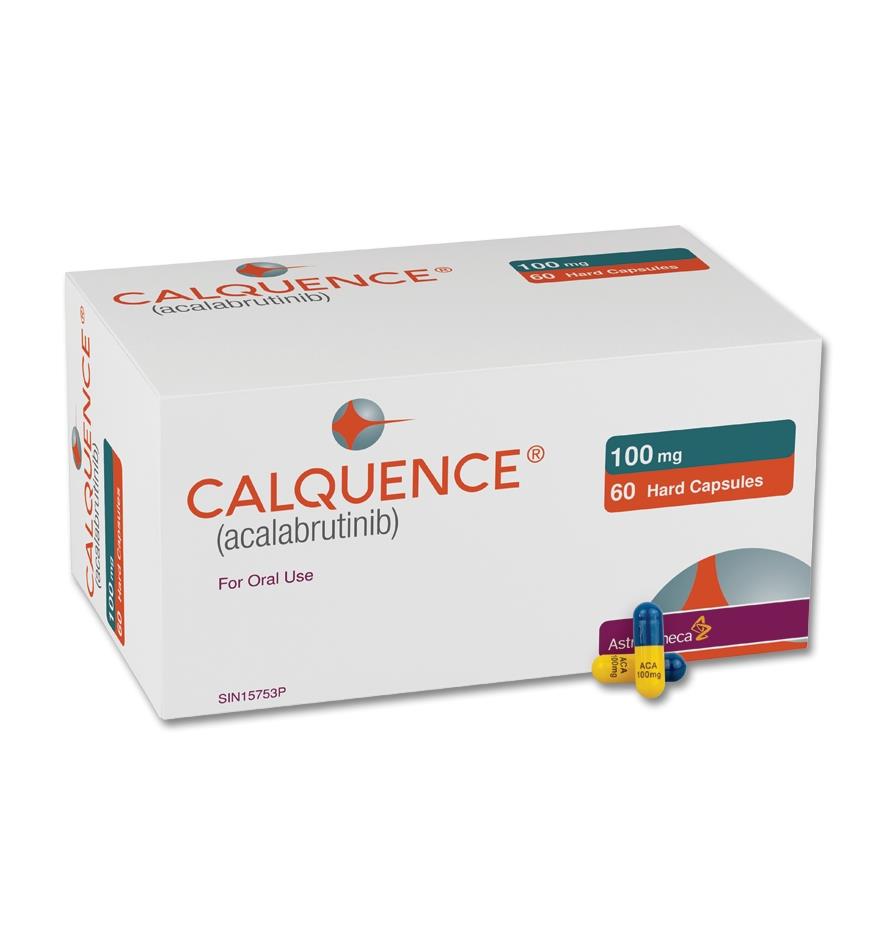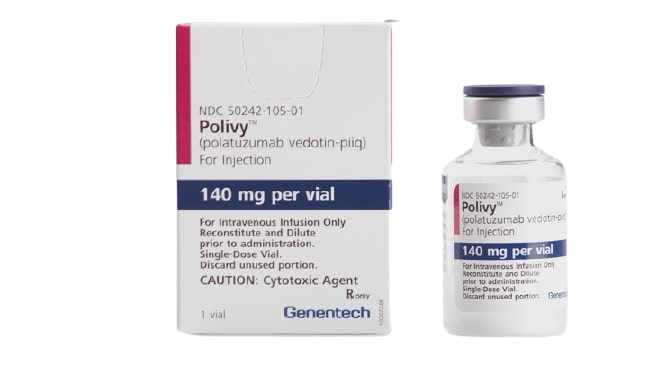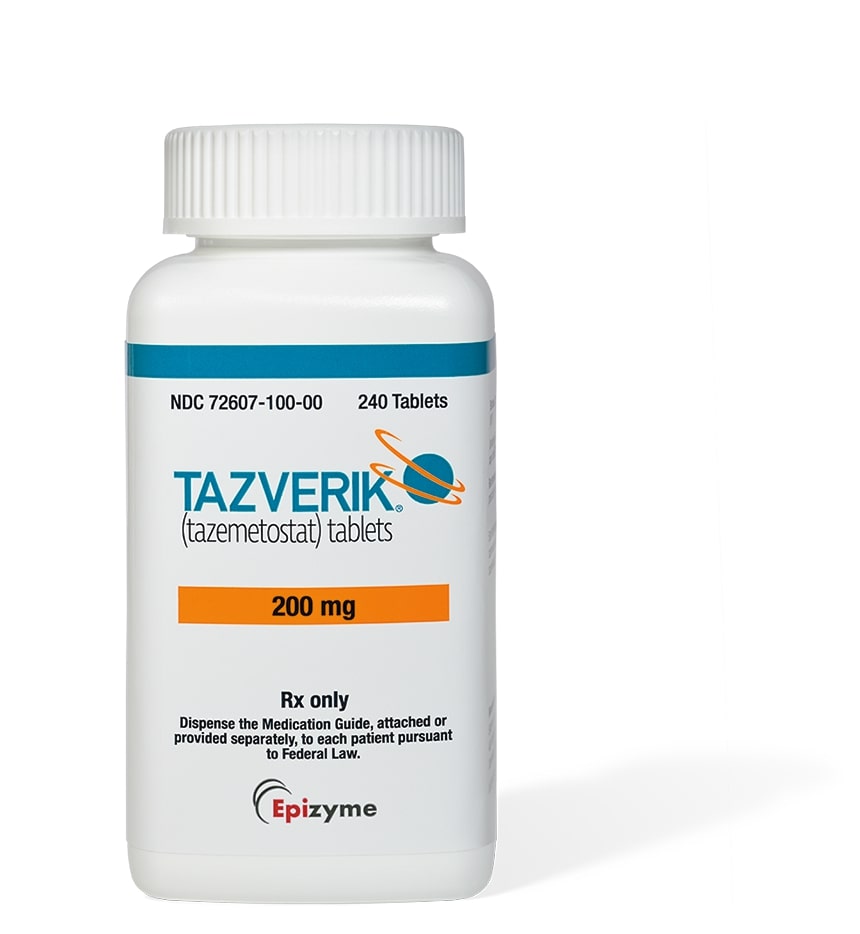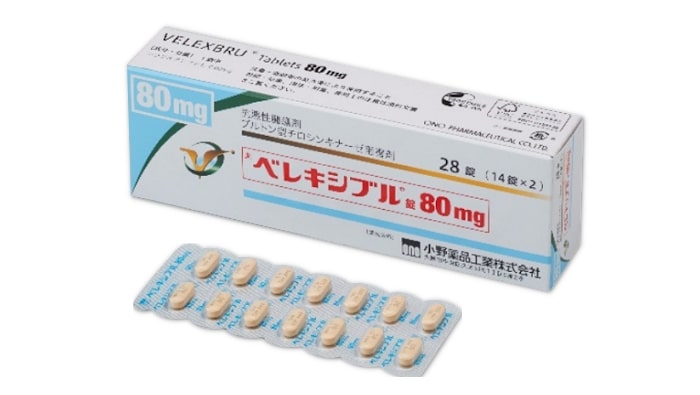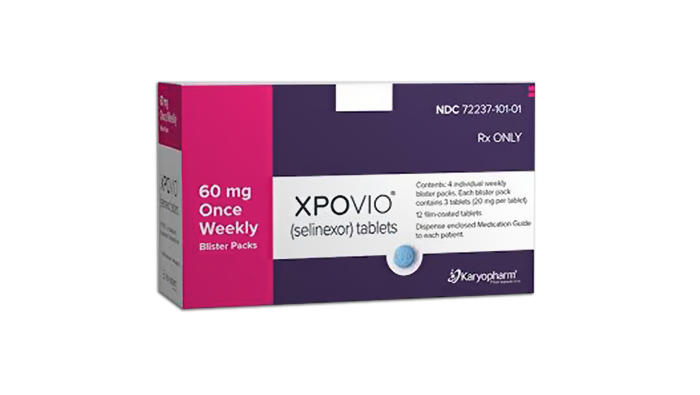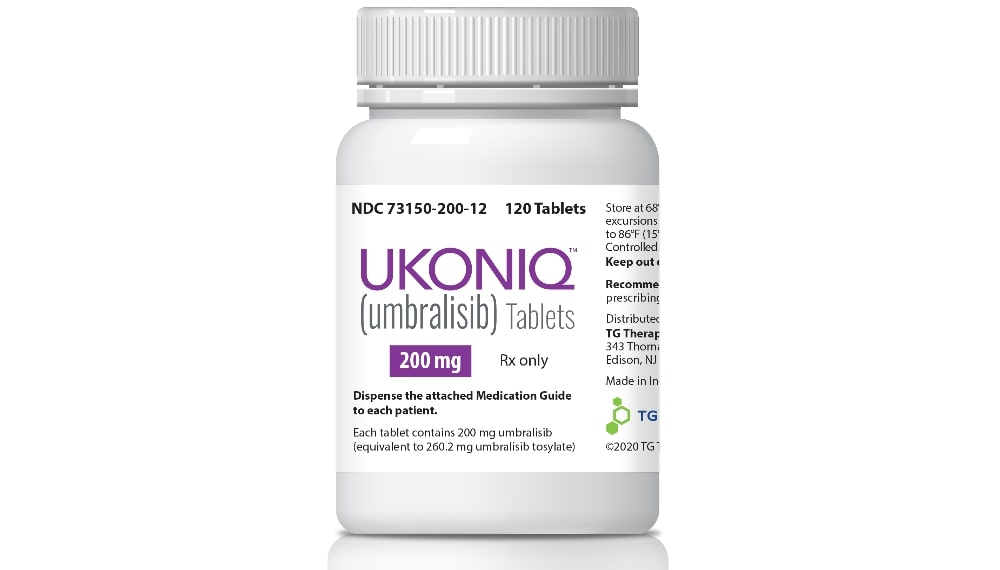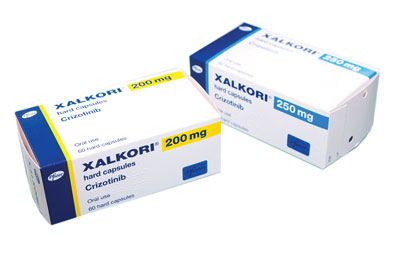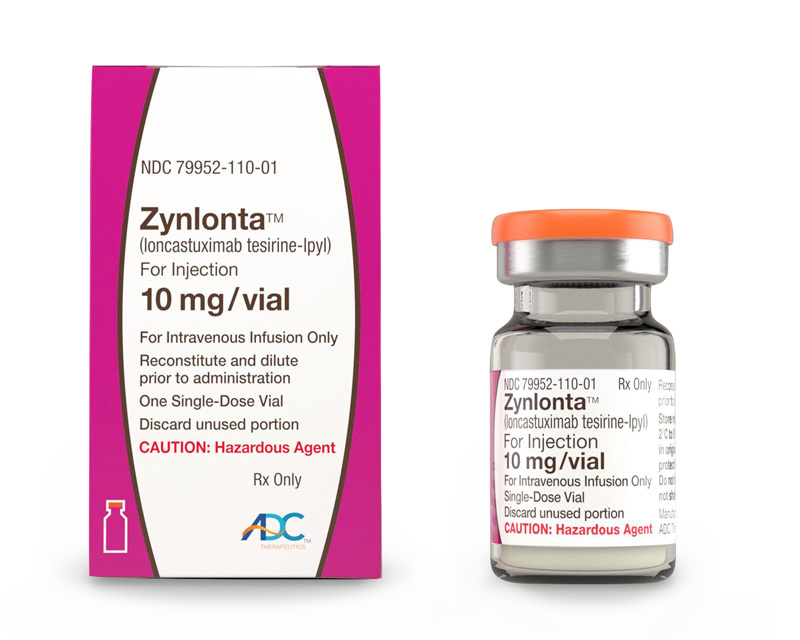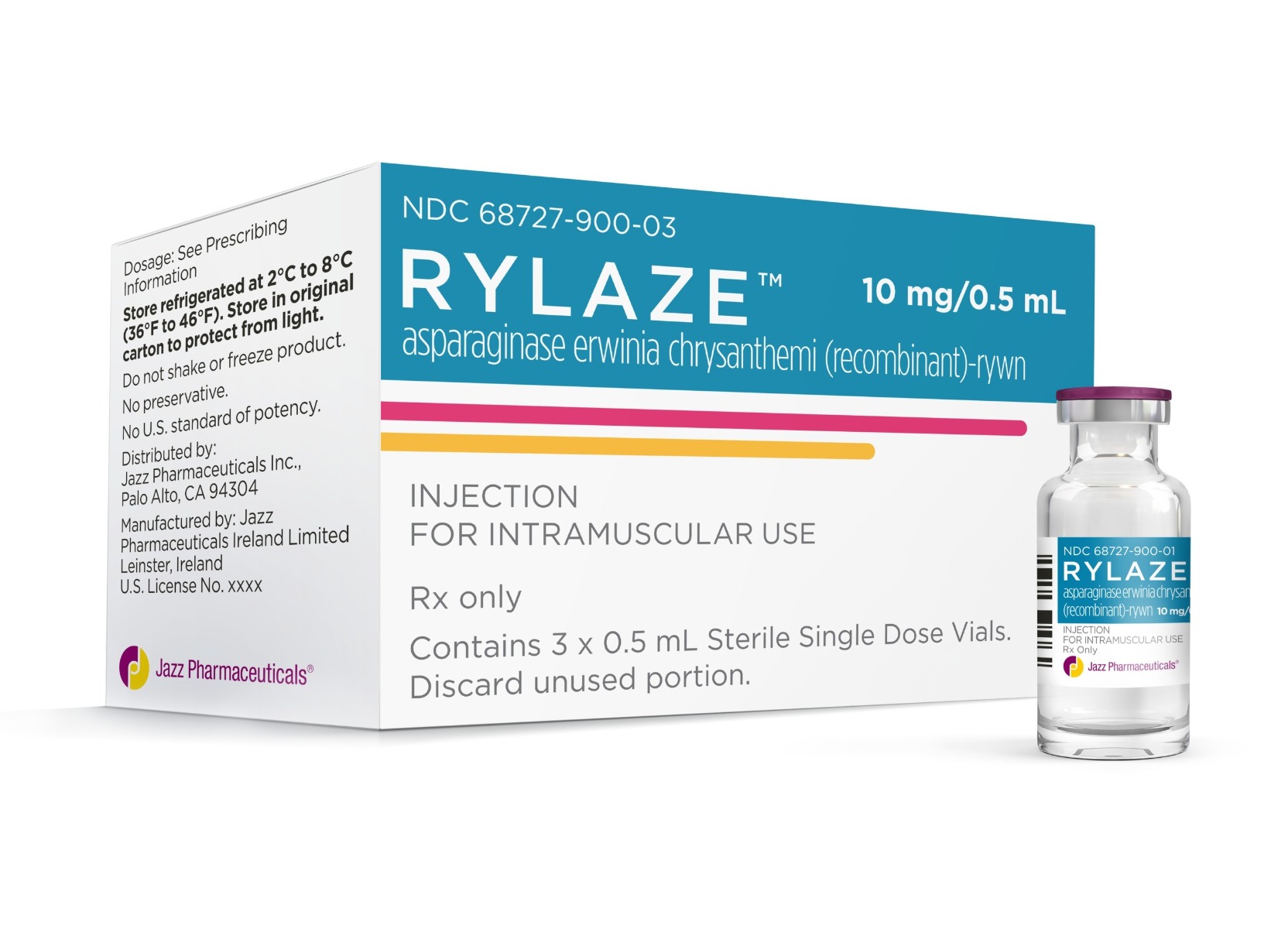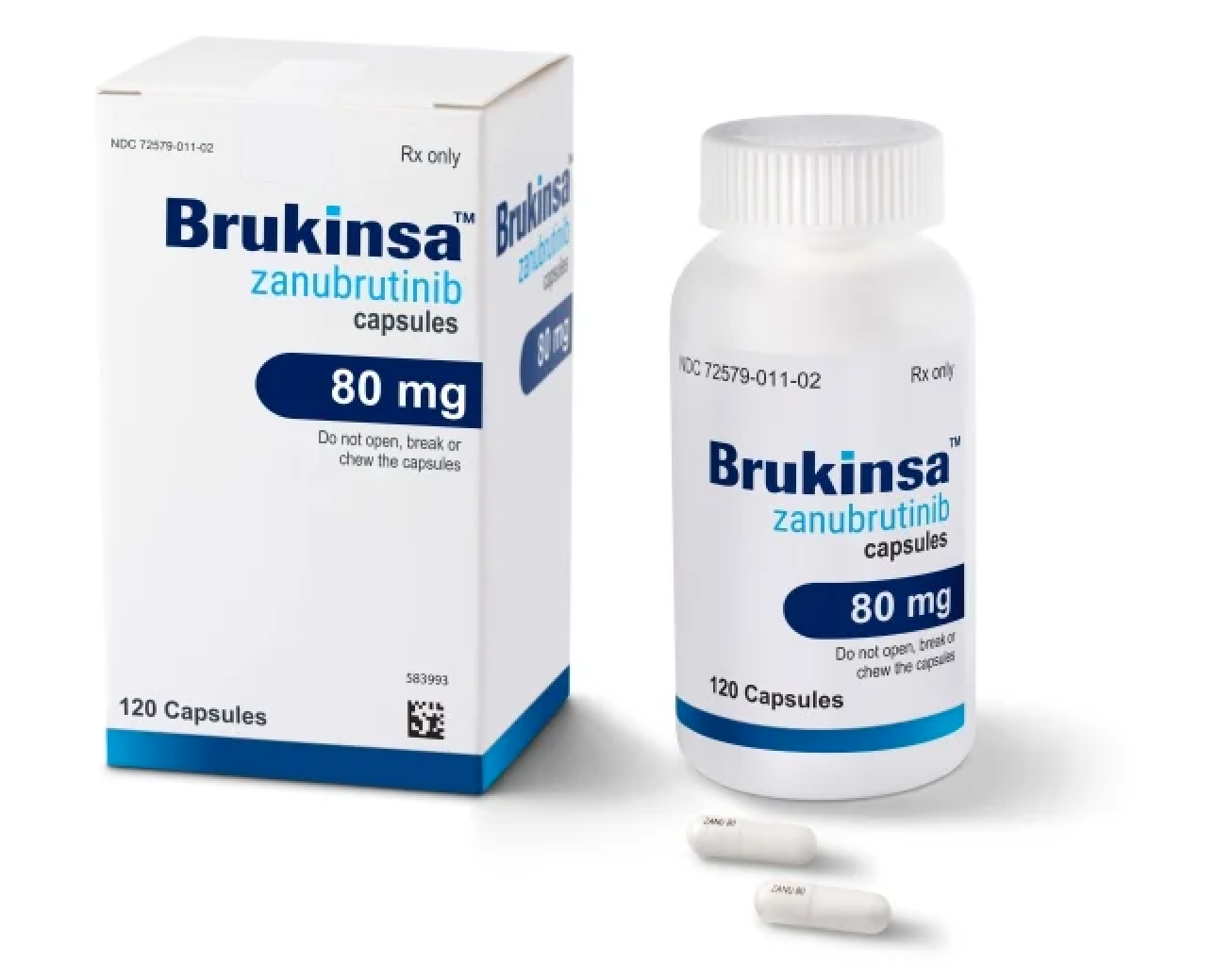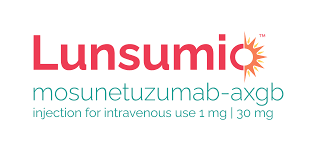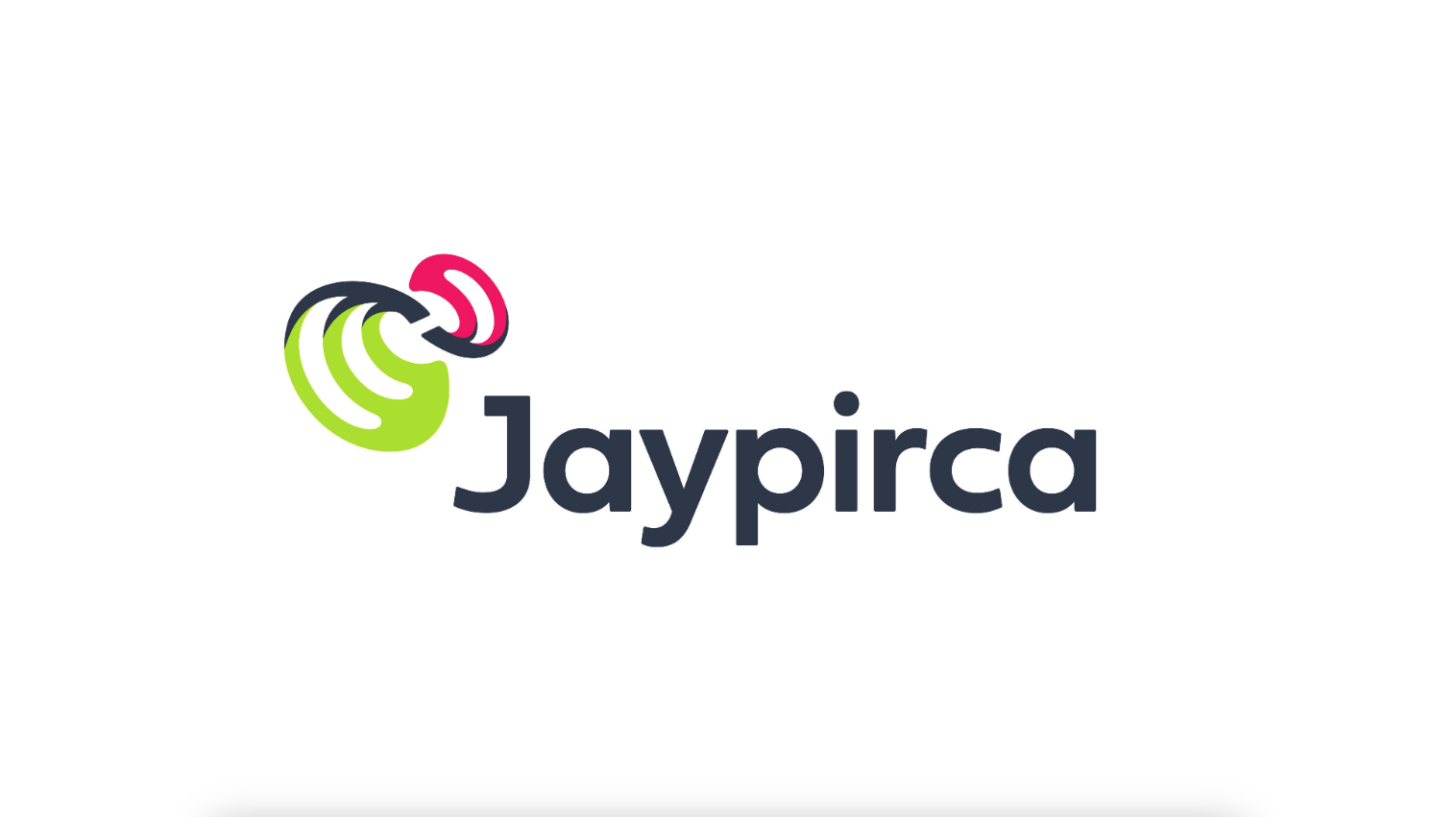New Lymphoma treatments 2024
New Lymphoma Treatments 2024
Lymphoma is a type of cancer that originates in the lymphatic system, which is an integral part of the body's immune defense mechanism. It primarily affects lymphocytes, a type of white blood cell that plays a crucial role in fighting infections. There are two main categories of lymphoma: Hodgkin lymphoma, characterized by the presence of Reed-Sternberg cells, and non-Hodgkin lymphoma, which encompasses a diverse group of lymphomas with varying prognoses and treatment options. Symptoms of lymphoma can include swollen lymph nodes, fatigue, fever, night sweats, and unexplained weight loss. However, these symptoms can also be associated with other, less serious conditions, making it important to consult a healthcare provider for an accurate diagnosis.
Treatment options for lymphoma depend on the type and stage of the disease, as well as the patient's overall health and preferences. Chemotherapy, often combined with immunotherapy, is a common treatment for both Hodgkin and non-Hodgkin lymphoma. Radiation therapy may also be used, particularly for localized disease or as an adjunct to chemotherapy. More recently, targeted therapies that specifically attack cancerous cells without affecting normal cells have become available, and stem cell transplants offer another option for certain cases. Patients should discuss with their healthcare team to understand the potential benefits and risks of each treatment, and consider factors such as the treatment's efficacy, side effects, and impact on quality of life when making their decision.

Treatment options
| Treatment option | Estimated cost | Efficacy | Eligibility |
|---|---|---|---|
| Chemotherapy | $1,000 - $12,000/month | Varies by regimen and stage | Most lymphoma patients |
| Radiation Therapy | $2,000 - $10,000/month | Varies by regimen and stage | Selected cases depending on stage and type |
| Stem Cell Transplant | $100,000 - $200,000/total | High for certain types of lymphoma | Relapsed or refractory lymphoma |
| Immunotherapy (e.g., Opdivo, Keytruda) | $10,000 - $15,000/month | Varies; some have high response rates | Approved for certain lymphomas; others off-label or clinical trials |
| Targeted Therapy (e.g., Beleodaq, Aliqopa, Adcetris) | $10,000 - $30,000/month | Varies; often effective in specific subtypes | Approved for specific subtypes; others off-label or clinical trials |
| Experimental Treatments (e.g., Tafasitamab plus Parsaclisib) | Costs vary; often covered by clinical trials | Unknown; under investigation | Eligible for clinical trial participants |
| Off-label use of FDA-approved drugs (e.g., Polivy, Tazverik) | $10,000 - $20,000/month | Varies; limited data on off-label use | Depends on physician discretion and patient consent |
| Novel Agents (e.g., Brukinsa, Lunsumio, Jaypirca) | $10,000 - $20,000/month | Varies; some show promise in early trials | Approved for specific conditions or clinical trial participants |
| Emerging Therapies (e.g., Ezharmia, Columvi) | Costs vary; often covered by clinical trials | Unknown; under investigation | Eligible for clinical trial participants |
| Watch and Wait | No direct cost | N/A | Selected low-grade lymphomas |
Treatments options in detail
Standard Treatment Options for Lymphoma
Chemotherapy is one of the most common treatments for lymphoma, using drugs to destroy cancer cells or stop them from growing. It can be administered orally or intravenously and is often given in cycles with rest periods in between.
Radiation therapy uses high doses of radiation to kill cancer cells and shrink tumors. It may be used as a standalone treatment or in combination with chemotherapy.
Stem cell transplantation, also known as bone marrow transplantation, involves replacing diseased bone marrow with healthy stem cells that can generate new blood cells.
Immunotherapy is a treatment that uses the patient's immune system to fight cancer. Monoclonal antibodies, such as rituximab, are a form of immunotherapy that targets specific proteins on the surface of lymphoma cells.
Targeted therapy drugs identify and attack specific types of cancer cells while causing less harm to normal cells. Examples include ibrutinib and idelalisib, which target proteins that help cancer cells grow.
Monoclonal Antibodies and Immune Modulators
Opdivo (nivolumab) and Keytruda (pembrolizumab) are immune checkpoint inhibitors that help the immune system recognize and attack cancer cells. They have been used in the treatment of Hodgkin lymphoma and certain types of non-Hodgkin lymphoma.
Adcetris (brentuximab vedotin) is an antibody-drug conjugate that targets CD30, a protein found on some lymphoma cells, and has been approved for the treatment of Hodgkin lymphoma and systemic anaplastic large cell lymphoma.
Poteligeo (mogamulizumab) is a monoclonal antibody used for the treatment of certain types of cutaneous T-cell lymphoma.
Truxima (rituximab) is a biosimilar to rituximab and is used in the treatment of non-Hodgkin lymphoma.
PI3K Inhibitors
Copiktra (duvelisib) and Aliqopa (copanlisib) are PI3K inhibitors that have been approved for the treatment of certain types of non-Hodgkin lymphoma, including follicular lymphoma and small lymphocytic lymphoma.
BTK Inhibitors
Calquence (acalabrutinib) and Brukinsa (zanubrutinib) are Bruton's tyrosine kinase (BTK) inhibitors used in the treatment of mantle cell lymphoma and other B-cell malignancies.
Antibody-Drug Conjugates and Other Targeted Therapies
Polivy (polatuzumab vedotin-piiq) is an antibody-drug conjugate approved for use in combination with chemotherapy for the treatment of diffuse large B-cell lymphoma.
Tazverik (tazemetostat) is a targeted therapy that inhibits the EZH2 gene and is used for the treatment of follicular lymphoma.
Velexbru (pirtobrutinib) is a non-covalent BTK inhibitor being evaluated for the treatment of B-cell malignancies, including non-Hodgkin lymphoma.
Monjuvi (tafasitamab) is a monoclonal antibody that targets CD19, a protein expressed on the surface of B-cells, and is used in combination with lenalidomide for the treatment of diffuse large B-cell lymphoma.
Xpovio (selinexor) is a selective inhibitor of nuclear export used in combination with dexamethasone for the treatment of relapsed or refractory multiple myeloma and diffuse large B-cell lymphoma.
Ukoniq (umbralisib) is a dual inhibitor of PI3K-delta and CK1-epsilon, approved for the treatment of marginal zone lymphoma and follicular lymphoma.
Xalkori (crizotinib) is a small molecule inhibitor targeting ALK and ROS1, which has shown efficacy in ALK-positive anaplastic large cell lymphoma.
Zynlonta (loncastuximab tesirine-lpyl) is an antibody-drug conjugate targeting CD19 for the treatment of relapsed or refractory large B-cell lymphoma.
Rylaze (asparaginase erwinia chrysanthemi) is an asparagine-specific enzyme used as a component of a multi-agent chemotherapeutic regimen for acute lymphoblastic leukemia and lymphoblastic lymphoma.
Experimental Treatments and Clinical Trials
Several experimental treatments and clinical trials are underway to evaluate new therapies for lymphoma. These include the evaluation of Tafasitamab plus Parsaclisib in patients with non-Hodgkin lymphoma or chronic lymphocytic leukemia, and the evaluation of Parsaclisib plus Rituximab or Obinutuzumab in patients with lymphoma that has stopped responding to treatment.
Other trials are assessing the combination of Tafasitamab plus Rituximab and Lenalidomide in patients with lymphoma that has stopped responding to treatment, and the evaluation of Parsaclisib plus Bendamustine and Rituximab in patients with newly diagnosed mantle cell lymphoma.
Additional Therapeutic Agents
Darvias (darinaparsin) is a small molecule organic arsenic being studied for the treatment of various hematologic cancers, including lymphoma.
Lunsumio (mosunetuzumab) is a bispecific T-cell engager antibody targeting CD20 and CD3, being evaluated for the treatment of non-Hodgkin lymphoma.
Jaypirca (pirtobrutinib) is a non-covalent BTK inhibitor in clinical trials for B-cell malignancies.
Epkinly (eprenetapopt) is a p53 reactivator being studied in several hematologic malignancies, including lymphoma.
Columvi (zandelisib) is a PI3K inhibitor currently in clinical trials for the treatment of indolent non-Hodgkin lymphoma.
Ezharmia (tazemetostat) is being evaluated for its efficacy in various types of lymphoma, including those with alterations in the EZH2 gene.
Considerations for Treatment Selection
The choice of treatment for lymphoma depends on several factors, including the type and stage of lymphoma, the patient's overall health, and previous treatments. Patients should discuss with their healthcare providers the potential benefits and risks of each treatment option, including those that are experimental or not yet approved by the FDA.
Monitoring and Follow-up
Regular monitoring and follow-up care are essential for lymphoma patients undergoing treatment. This may include physical exams, blood tests, imaging tests, and biopsies to assess the effectiveness of the treatment and detect any signs of relapse or progression.
Supportive Care
Supportive care is also an important aspect of lymphoma treatment, addressing symptoms and side effects to improve the patient's quality of life. This may involve pain management, nutritional support, psychological support, and other therapies to help manage the impact of the disease and its treatment.
Symptoms
Common Symptoms of Lymphoma
Lymphoma is a type of cancer that affects the lymphatic system. One of the most common symptoms of lymphoma is painless swelling of the lymph nodes in the neck, armpits, or groin. This swelling is typically caused by lymphoma cells accumulating in the lymph nodes.
Aside from lymph node enlargement, individuals with lymphoma may experience persistent fatigue that does not improve with rest. This fatigue can be severe and can significantly impact daily activities and quality of life.
Unexplained weight loss is another hallmark symptom of lymphoma, where individuals may lose a significant amount of weight without trying. This can often be accompanied by a loss of appetite or changes in eating habits.
Fever is also a common symptom, which may be intermittent and not associated with an infection. These fevers can be of high grade and are often referred to as 'B symptoms' in the context of lymphoma.
Night sweats are frequently reported by individuals with lymphoma. These sweats can be drenching and may necessitate changing nightclothes or bedding.
Itching (pruritus) without an apparent cause or rash can also occur in lymphoma and can be quite severe. It is not entirely understood why itching occurs in lymphoma, but it may be related to cytokines released by the cancer cells.
Additional Symptoms of Lymphoma
Some individuals with lymphoma may experience chest pain, cough, or breathlessness if the disease affects lymph nodes or organs within the chest. This can be due to enlarged lymph nodes pressing on the lungs or airways.
Abdominal pain or swelling can occur if lymphoma affects the abdominal lymph nodes or organs like the spleen or liver. This can lead to a feeling of fullness or discomfort in the abdomen.
Individuals may also notice skin rashes or lumps on the skin if the lymphoma involves the skin (cutaneous lymphoma).
Neurological symptoms such as headaches, seizures, or a change in personality may occur if the lymphoma affects the brain or central nervous system.
Some people with lymphoma may have a compromised immune system, leading to frequent infections. This is because the lymphoma cells can affect the body's ability to fight off infections.
B Symptoms
In the context of lymphoma, 'B symptoms' refer to a specific set of symptoms that include fever, night sweats, and weight loss. These symptoms are significant as they can be indicative of a more aggressive form of the disease and may influence treatment decisions.
Rarer Symptoms of Lymphoma
While less common, some individuals may experience symptoms such as bone pain if the lymphoma affects the bone marrow. This can lead to pain in the bones or joints.
Anemia and other blood disorders can occur if lymphoma affects the bone marrow's ability to produce blood cells. This can lead to symptoms such as weakness, dizziness, or shortness of breath.
Some individuals may experience symptoms related to low blood counts, such as easy bruising or bleeding, which can be a sign of thrombocytopenia (low platelet count) or anemia (low red blood cell count).
Swelling in the arms or legs can occur if lymphoma blocks the flow of lymph fluid, leading to lymphedema.
In rare cases, lymphoma can lead to an enlarged liver (hepatomegaly) or spleen (splenomegaly), which may be detectable on physical examination.
Impact of Symptoms on Daily Life
The symptoms of lymphoma can vary greatly from person to person and can have a significant impact on an individual's daily life. The fatigue, fevers, and night sweats can lead to a decrease in physical activity and social interactions. Weight loss and loss of appetite can affect nutritional status and overall health. The psychological impact of dealing with a chronic illness like lymphoma can also contribute to symptoms such as depression or anxiety.
When to Seek Medical Attention
It is important to seek medical attention if any of the symptoms mentioned are experienced, especially if they are persistent or worsening. While these symptoms can be associated with other, less serious conditions, it is crucial to rule out lymphoma or other serious illnesses through appropriate medical evaluation.
Early diagnosis and treatment of lymphoma can significantly improve the outcome, so timely medical consultation is essential when symptoms suggestive of lymphoma are present.
Conclusion
In conclusion, lymphoma presents with a variety of symptoms that can affect different parts of the body. The most common symptoms are lymph node enlargement, fatigue, weight loss, fever, and night sweats. However, lymphoma can also cause a wide range of other symptoms depending on the areas of the body affected. Recognizing these symptoms and seeking medical evaluation is key to early diagnosis and effective treatment of lymphoma.
Cure
Understanding the Cure for Lymphoma
Lymphoma, which includes both Hodgkin's lymphoma (HL) and non-Hodgkin's lymphoma (NHL), is a type of cancer that originates in the lymphatic system. The term 'cure' in the context of lymphoma is complex, as it can vary based on the type, stage, and individual response to treatment. In general, a cure means that treatments have eradicated the cancer cells to the extent that tests can no longer detect them, and they are not expected to return.
Hodgkin's Lymphoma (HL)
Hodgkin's lymphoma is considered one of the most curable forms of cancer, especially if it is diagnosed and treated early. The five-year survival rate for patients with stage I or II Hodgkin's lymphoma is about 90% or higher. Even in later stages, the cure rates are quite high, with long-term remission being a common outcome. Treatment for HL typically involves chemotherapy, radiation therapy, or a combination of both. High-dose chemotherapy followed by a stem cell transplant may be an option for relapsed or refractory HL.
Non-Hodgkin's Lymphoma (NHL)
Non-Hodgkin's lymphoma is more diverse, with many different subtypes that behave differently and respond to treatment in various ways. Some forms of NHL are very aggressive but respond well to treatment and can be cured, while others are slow-growing and can be managed as a chronic disease, with patients living many years with the disease under control. The approach to treating NHL typically involves chemotherapy, immunotherapy, targeted therapy, radiation therapy, or a stem cell transplant, depending on the subtype and stage of the disease.
Factors Influencing Cure
The prospect of a cure for lymphoma depends on several factors including the specific type and subtype of lymphoma, the stage at diagnosis, the patient's age and overall health, and how well the cancer responds to treatment. Early-stage lymphomas are generally more curable than those diagnosed at a later stage. Additionally, younger patients tend to have a better prognosis than older individuals.
Relapse and Remission
Even when lymphoma is considered cured, there is still a risk of relapse. For this reason, patients who achieve remission will undergo regular follow-up exams and tests to monitor for any signs of the cancer returning. Long-term remission, where the disease does not come back for many years, is often considered a cure, although doctors may hesitate to use the word "cured" until a patient has been cancer-free for a significant amount of time.
Emerging Treatments and Research
Research into new treatments for lymphoma is ongoing, and recent years have seen significant advances. Immunotherapy, which harnesses the patient's own immune system to fight cancer, has shown promise in treating certain types of lymphoma. CAR T-cell therapy, a type of treatment in which a patient's T cells are modified in a laboratory to attack lymphoma cells, has been approved for certain types of advanced lymphomas.
Off-Label Use of Medications
Off-label use of medications can also play a role in the treatment of lymphoma. This involves using drugs that are approved for one condition to treat another condition based on evidence that suggests they may be effective. Off-label drug use is common in cancer treatment and is typically done under the guidance of a specialist who is knowledgeable about the latest research and treatment protocols.
Personalized Medicine
Personalized medicine, which tailors treatment to the individual characteristics of each patient's cancer, is becoming more common in the management of lymphoma. This may involve genetic testing of the tumor to identify specific mutations and select targeted therapies that are more likely to be effective against those mutations.
Supportive Care and Follow-Up
Supportive care is also an important aspect of treating lymphoma and improving the chances of a cure. This includes managing side effects of treatment, providing nutritional support, and addressing psychological and social needs. After treatment, regular follow-up care is essential to monitor for late effects of treatment and manage any health issues that arise.
Conclusion
While there is no guaranteed cure for lymphoma, many patients achieve long-term remission and live normal lifespans. The outlook for lymphoma patients continues to improve with advances in treatment and personalized approaches to care. It is important for patients to discuss their specific situation with their healthcare team to understand their prognosis and treatment options.
Access Lymphoma medicines today
If Lymphoma medicines are not approved or available in your country (e.g. due to supply issues), you can access them via Everyone.org.
How Everyone.org works

Make an enquiry
Choose the medicine you want to access, answer a couple of questions, and upload your prescription to speed things up. We’ll get back to you within 24 hours.


Make an enquiry
Choose the medicine you want to access, answer a couple of questions, and upload your prescription to speed things up. We’ll get back to you within 24 hours.


Breeze through the paperwork
We'll guide you through the required documents for importing unapproved medicine, ensuring you have all the necessary information.


Get a personalized quote
We’ll prepare a quote for you, including medicine costs and any shipping, administrative, or import fees that may apply.


Receive your medicine
Accept the quote and we’ll handle the rest - sourcing and safely delivering your medicine.

Some text on this page has been automatically generated. Speak to your physician before you start a new treatment or medication.
Let's talk
If you have any questions, call us or send us a message through WhatsApp or email:
Contact us

